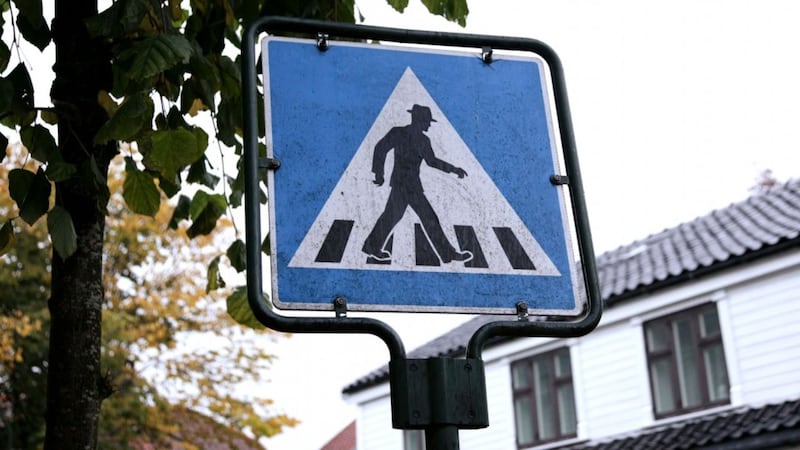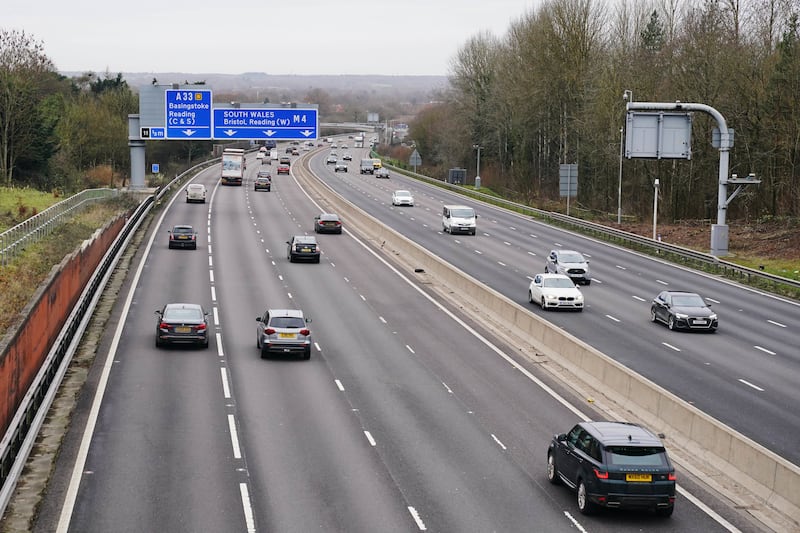A new sensor that enables pedestrians to signal for a driverless car to stop has been developed by researchers in the UK.
Called Blink, it’s a new system created by teams at the Royal College of Art and Imperial College London that has been designed to make the process of crossing the road more simple for pedestrians by adding sensors that can read their intentions to autonomous cars.
It works by using light-emitting diode displays built into the windscreen and rear windows of cars that alert pedestrians that the car has spotted them and is happy to let them cross.
When pedestrians raise their hand as a stop sign, sensors on the car can spot this and slow the vehicle and prevent it from moving forward. It then displays a green man to the pedestrians as a signal that it’s safe to cross.
The aim of the system is to make those on pavements more comfortable being around driverless cars.
Co-creator of Blink, Raunaq Bose, told New Scientist: “This provides a really nice opportunity to rebalance the road power dynamic.”
The design of the software has been compared to giving pedestrians the stopping power of lollipop men and women.
However, some critics have suggested the system gives too much control to those not driving, and could lead to gridlock on city streets because of overuse by pedestrians.
Blink remains a concept device for now, having not yet been tested on a driverless car, but Bose said several car companies have expressed an interest in the system.








